S.M.A.R.T.-O.F, Part 6
Today we wrap up the dive into the S.M.A.R.T. - O.F. principle, with a look at the final two steps, the “O.F.” . I hope you’ve found a few useful tidbits to help you optimize your goal setting process?
With credit due to the creator of the S.M.A.R.T. principle, George T. Doran, who based this principle on a framework by Peter Drucker, I have successfully used and taught this principle for many years. However, in it’s practical application for my clients, I found something was missing, hence the additional two steps.
The “O” stands for Obstacle Planning and the “F” for Flexibility. Over the nearly three decades I’ve been doing this work, I have found the S.M.A.R.T. principle to be effective to clarify what is to be done and when, and to get folks started on their goal attainment process. However, the component that lacks is what to do when life happens. That is, when a family member gets sick, your work schedule changes, or any number of things which can occur to make the situation on which the goal setting was based, change, folks can fall off track.
In many behaviour change models, an expected component in the change process is relapse planning. That is, what to do when we return to our old habits and routines, which is what can happen when we are stressed by a life event.
Part of the interview and planning process with my life/wellness coaching clients as well as personal training clients, is identifying what will get in the way of their goals. Working to normalize relapse helps remove the disappointment one can feel when they fall off track. This can be a helpful motivator to get started again.
The final addition to this model, “F” is a mindset born out of the obstacle planning. When we are too rigid in our planning and thinking, we close the door to solutions, and get stuck in the “all-or-nothing”. All or nothing thinking is a sure fire way to demotivate. For example, when we are in that mindset and we miss one planned workout, it can lead to throwing in the towel on the entire week, feeling like if we haven’t done it perfectly, then what’s the point.
Flexible thinking allows us to recover from a missed workout easily, looking for other ways to move that day or options to tweak the rest of the week to ensure we’re still on track.
There is certainly more than one path to take to get to a goal. I am cheering you on to keep being flexible when obstacles arise, as you’ll get there….even if it doesn’t quite look like you thought it would!
Deanna
